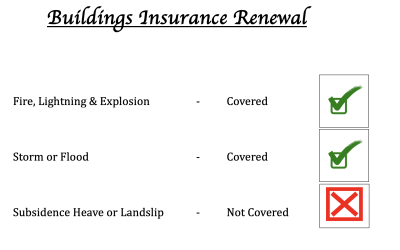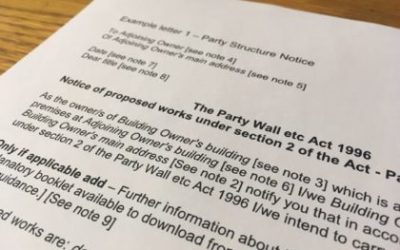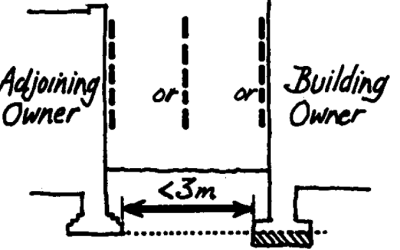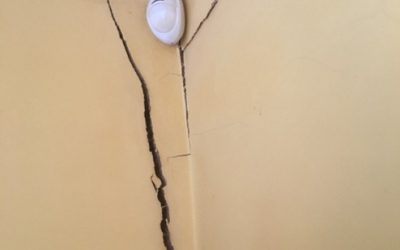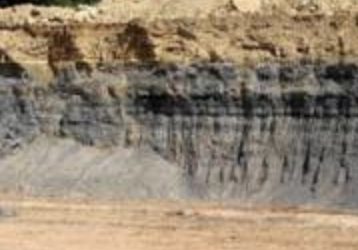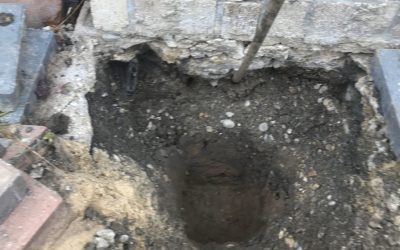My Insurer has withdrawn subsidence cover – help!
What to do if your insurer withdraws subsidence cover – and how to avoid that
Party Wall Risk & Applicability Assessment – £295 +vat
Risk to neighbours when carrying out building work is central to the Party Wall etc. Act 1996. However, many people don’t realise that it is not always necessary to serve a Party Wall Notice when the Party Wall Act says so (see...
What should you do upon receipt of a Party Wall Notice?
It can be confusing and leave you unsure how to respond when you receive a Notice advising that your neighbour intends to carry out works which might affect the party wall or site boundary between you, or risk movement to your foundations. You have the option to...
Party Wall Surveyors – ongoing jurisdiction
Fernando v London Borough of Newham (unreported) – Before His Honour Judge Parfitt sitting at the County Court at Mayors & City Of London Court 17th June 2024 In 2011, Newham decided to demolish their semi-detached house at 44 Barrington Road, so in early...
Party Wall Act – Do You Really Need to Serve Notice?
Following the recent Court of Appeal decision of Power & Kyson v Shah (2023), it is now the case that the PWA cannot apply unless and until a valid Notice has been served. The requirement for Notices to be served in appropriate cases remains, but if that is not...
Is it always necessary to issue a Party Wall Notice, when the Party Wall Act says so?
In a word - no. “De minimis” is a legal principle which allows for matters that are small scale or of insufficient importance to be exempted from a rule or requirement. It can be used by the courts as an exclusionary tool to dismiss trivial matters from litigation. It...
Ground-Shifting Changes in How We Tackle Subsidence
The UK’s clay subsidence industry was born in the 1970s, matured in the 1980s and fuelled by global-warming has since grown to become a huge behemoth which already costs the insurance industry millions every year – predicted by PwC to increase by 800% and cost £1.9 billion per year in the not too distant future, if climate change continues.
Something has to change soon – and it can;
Crack Diagnosis – cracks tell a story
The diagnostic art of identifying different types of building movement from crack patters is a skill which takes many years of practical experience to learn properly. I have heard many cases where clients have been told by tradesmen visiting the house, or over the...
UK Geology – and root-induced subsidence (part 2 – Mudstone)
Root-induced subsidence occurs in shrinkable soils, which are mainly clays, or clay-based matrixes. In the UK there are a great deal of different soil types, and layers of differing soils. We need to differentiate between bedrock (i.e. the main older ground type...
Clay Subsidence; Building standards & defective (or inadequate) design (or construction)
In the UK we have rigorous standards for construction. The Building Research Establishment first published guidance for building near trees on clay soils in 1949 – then just an approximate rule of thumb that houses should not be sited closer to a tree than its mature...

